A natural harbour is a landform where part of a body of water is protected and deep enough to provide an anchorage. Many of these harbours are rias, a type of estuary at the mouth of a river where a valley has flooded. Natural harbours have been of great strategic, naval and economic importance and have therefore become the locations for many great cities of the world. Having a naturally protected harbour reduces or eliminates the need for breakwaters and will result in calmer conditions inside the harbour itself.
There are many candidates for the prize of being the biggest natural harbour and a scarcity of information setting out the size of the various contenders. Even where measurements are available it is risky making comparisons because of the irregularities and curves of each coastline. Then there is the problem that not all the area may be suitable for anchorages without continuous dredging, or they may qualify as the being the deepest, busiest or having the greatest area. How do you compare them? For this reason I have written about a few of the largest anchorages, without giving them the title “biggest”, 2nd biggest etc.
Sydney Harbour - Australia

By Mtoddy [GFDL (http://www.gnu.org/copyleft/fdl.html) or CC BY 3.0 (https://creativecommons.org/licenses/by/3.0)], from Wikimedia Commons
This is thought by many to be the deepest and largest natural harbour in the world being over 11 miles long (17.7 km) and covering an area of 21 square miles (54 sq. km). The harbour contains several islands and is home to over 580 species of fish. The seabed is irregular and complex with some very deep holes up to 45m deep and shoals where the water depth can be less than 3m. Not only is it a beautiful waterway and a natural playground for sailing, water sports, swimming, diving and walking, but it is surrounded by hundreds of kilometres of shoreline, with national parks and historic sites, including the iconic opera house and Sydney harbour bridge, not to mention Australia’s most famous city itself.
Kaipara Harbour – New Zealand
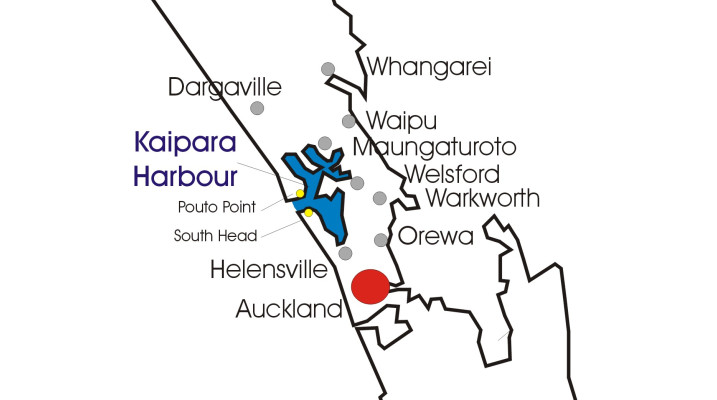
By Joerg Mueller [Public domain], from Wikimedia Commons
Kaipara Harbour is a large enclosed harbour estuary complex on the north western side of North Island – New Zealand. It covers 366 square miles (947 sq. km) at high tide with 158 square miles (409 sq. km) exposed as mudflats and sand flats at low tide. It extends for 37 miles (60 km) from north to south. Several arms extend into the peninsula at the northeast of the harbour and the harbour includes large estuaries. It is broad and mostly shallow as it was formed from a system of drowned river valleys and the harbour shoreline is convoluted by the entry of many rivers and streams. The harbour head is a hostile place where big waves from the Tasman Sea break over large sandbanks below the surface. These treacherous banks shift and change position and are known as the graveyard, responsible for more shipwrecks than any other place in New Zealand, some say as many as 110 vessels. Today the remains of wrecks still become visible under certain tidal conditions and for obvious reasons the Kaipara is rarely used today for shipping.
Cork – Republic of Ireland
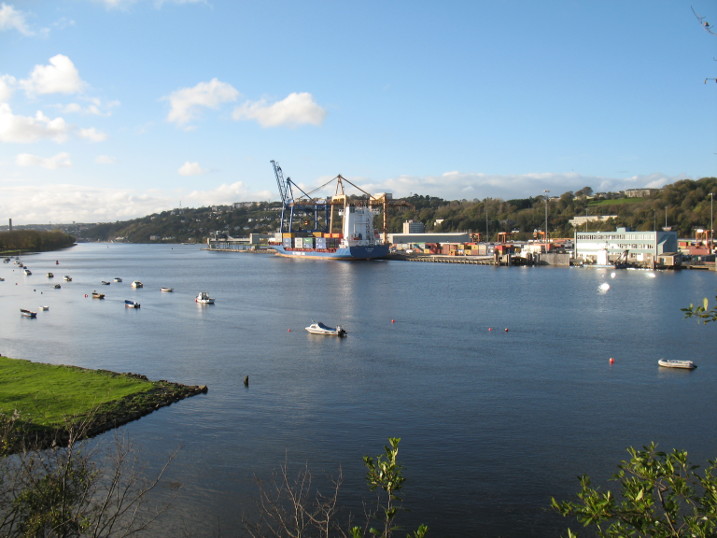
Sebastian “sebrem” B… [CC BY-SA 3.0 (https://creativecommons.org/licenses/by-sa/3.0)], via Wikimedia Commons
Cork Harbour is a natural harbour dominating a region of 22km by 16km east of Cork City. It has a water surface area of roughly 70 sq. miles (181 sq. km) and has an area of land in its centre called Great Island, home to the town of Cohn and connected to the mainland by two bridges, one road and one rail. Its opening to the sea is less than 2 km wide making it a fine and strategically important natural harbour. Its considerable depth allows large ocean going vessels to enter and depart easily. It has been a working port for centuries. Traditional heavy industries have waned since the late 20th century, with the closure of Irish Steel and shipbuilding at Verolme, but it still has major and strategic significance in energy generation, shipping, refining and pharmaceuticals.
Poole Harbour – Dorset, England
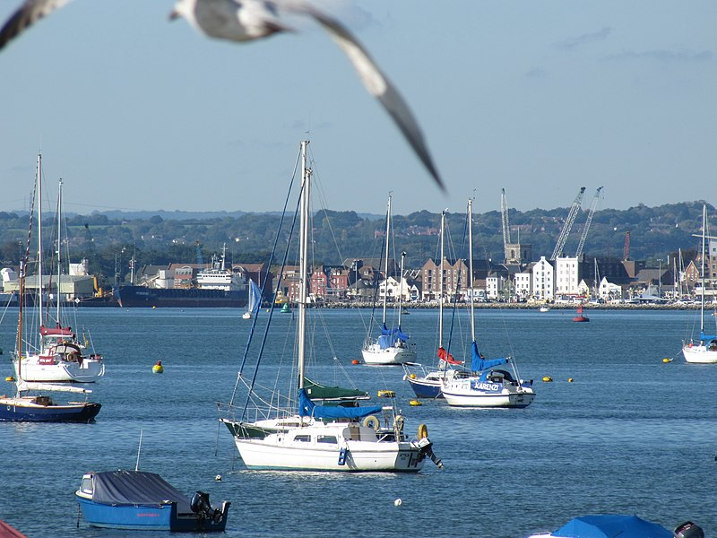
By Robert Linsdell from St. Andrews, Canada (Poole Harbour, Dorset (460816)) [CC BY 2.0 (https://creativecommons.org/licenses/by/2.0)], via Wikimedia Commons
Poole Harbour is a large natural harbour with the town of Poole on its shores. The harbour is a drowned valley (a ria) formed at the end of the last ice age and is the estuary of several rivers, the largest being the Frome. It has a long history of human settlement stretching back to pre-Roman times. Although its area is approximately 36sq km (14 sq. miles), it is extremely shallow with an average depth of 48 cm and just one main dredged channel through the harbour. The harbour is the location of a number of islands the largest of which is Brownsea Island.
Port of Mahon – Minorca
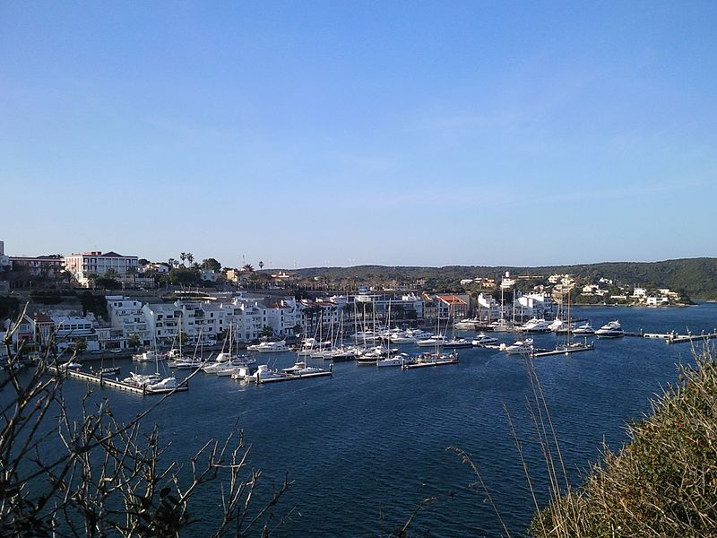
Santiago Lap [CC BY-SA 3.0 (https://creativecommons.org/licenses/by-sa/3.0)], via Wikimedia Commons
Mahon is the largest natural harbour in the Mediterranean with a length of 3.7 miles (6km), a width of 1,200 metres and a depth of up to 30 metres. It has been used as a port since the 3rd century BC, its natural shape offering good shelter to ships, which is the reason it became a base for successive naval fleets. Today the port is a hive of activity, used for goods and passenger traffic, cruises and nautical services.
Falmouth & the Carrick Roads – Cornwall, England
.jpg)
By No machine-readable author provided. EvaK assumed (based on copyright claims). [GFDL 1.2 (http://www.gnu.org/licenses/old-licenses/fdl-1.2.html), FAL, GFDL (http://www.gnu.org/copyleft/fdl.html) or CC BY-SA 2.5 (https://creativecommons.org/licenses/by-sa/2.5)], via Wikimedia Commons
Reputed to be the world’s 3rd largest natural harbour, the estuary reaches depths of up to 34 metres and is the deepest in Western Europe. It is famous for being the start and finish point for several round the world record breaking voyages including those of Sir Robin Knox-Johnston and Dame Ellen MacArthur. During World War II the United States Navy had a large base in Falmouth Harbour and an army base in the town and some of the D-day landings originated from the harbour and the surrounding rivers and creeks.
Halifax Harbour – Nova Scotia, Canada
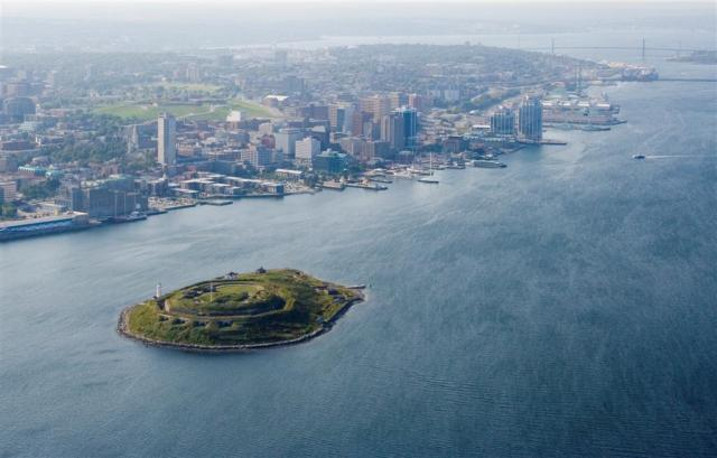
By Jvienneau (www.avinova.ca) [GFDL (http://www.gnu.org/copyleft/fdl.html), CC-BY-SA-3.0 (http://creativecommons.org/licenses/by-sa/3.0/) or CC BY 2.5 (https://creativecommons.org/licenses/by/2.5)], from Wikimedia Commons
Halifax Harbour, with a depth of 18 metres at low tide, is one of the world’s deepest. It was formed by a drowned glacial valley which succumbed to sea level rise since glaciation. For over 250 years it has remained a cornerstone of economic activity for the city and the province as a whole. The port’s strategic location made Halifax an ideal Gateway into North America for settlers and shippers and a perfect vantage point for military operations. It is home to several small islands and in the Northwest Arm there is a small peninsula known as Deadman’s Island, named for the burial location of War of 1812 prisoners of war.
Milford Haven – Pembrokeshire, Wales
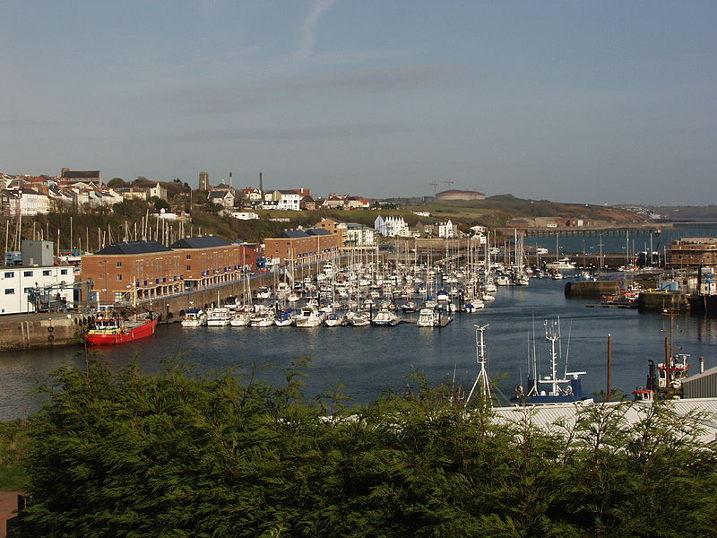
By Agathoclea [CC BY-SA 3.0 (https://creativecommons.org/licenses/by-sa/3.0)], from Wikimedia Commons
The Port of Milford Haven is a ria or drowned river valley, flooded at the end of the last Ice Age. One of the deepest natural harbours in the world, it has a depth of over 17m and is the UK’s largest energy port. It is the country’s largest handler of oil and gas and is capable of delivering 30% of the UK gas demand. It has been used as a port from the Middle Ages. By 1800 it was developing into a Royal Naval dockyard and became a commercial dock in 1814 until the focus moved to oil and gas in the 1960s. Nowadays it is a busy shipping channel, trafficked by ferries, oil tankers and pleasure craft. Admiral Nelson referred to it as the second best natural harbour in the world.